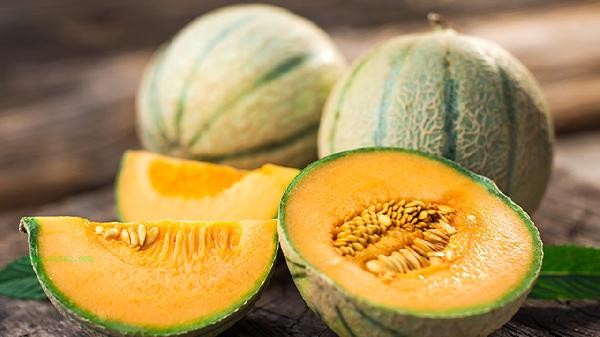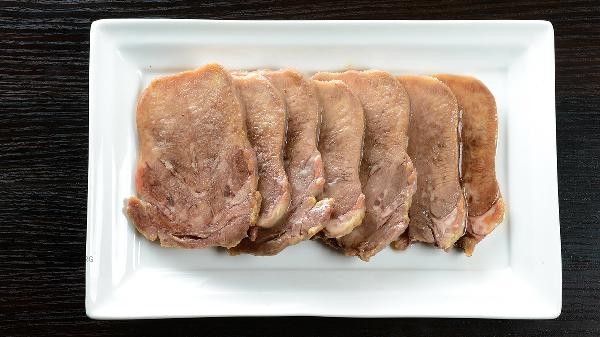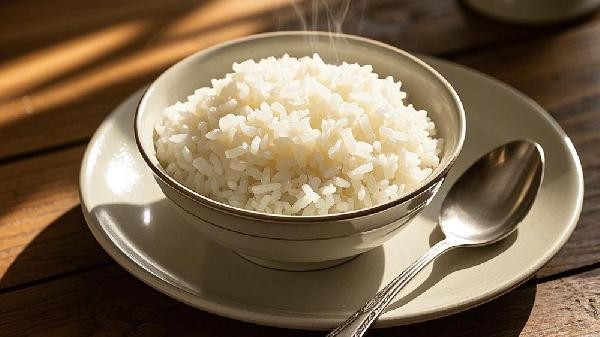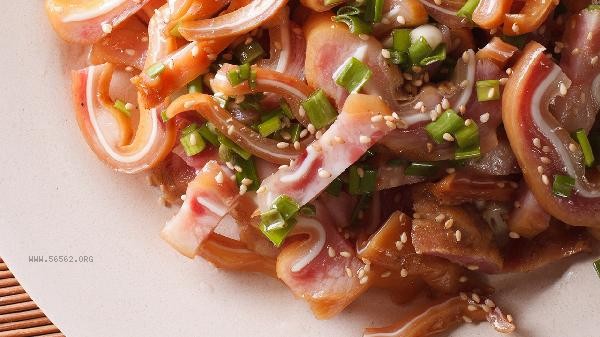Grapes can be frozen for preservation, but after thawing, the taste will become soft and the juice will be lost, making them more suitable for making jams or drinks. Cryopreservation is mainly suitable for grapes that cannot be consumed in the short term, and it is still recommended to refrigerate them for fresh consumption. After freezing, the cell structure of grapes will be disrupted by ice crystals, resulting in a softening of the flesh. Select intact grape grains without damage or decay, wash and dry the surface moisture, lay them flat on a tray and pre freeze for 2 hours before putting them into a sealed bag to avoid adhesion. The freezing temperature should be below minus 18 degrees Celsius and the storage time should not exceed 3 months. When thawing, it is recommended to slowly warm it up in the refrigerator to reduce juice leakage. If grapes have been washed but not completely dried and frozen directly, frost may form on the surface, causing the skin to crack. Grapes frozen with stems are easier to separate the flesh and stems after thawing, but it is necessary to ensure that the stems are fresh and free of mold before freezing. When used for baking or juicing, frozen grapes can be directly used without complete thawing. Individuals with gastrointestinal sensitivity should avoid consuming frozen grapes on an empty stomach, as low temperatures may irritate the gastrointestinal mucosa.

For daily storage of fresh grapes, it is recommended to wrap them in a fresh-keeping bag and refrigerate them at a temperature controlled between 0-4 degrees Celsius for 1-2 weeks. Soaking with starch water before eating can effectively remove surface pesticide residues. diabetes patients need to pay attention to controlling the single intake of no more than 15 pills. Frozen grapes can be paired with yogurt to make smoothies or used as natural ice cubes for cocktails, but should not be repeatedly frozen or thawed to prevent bacterial growth.










Comments (0)
Leave a Comment
No comments yet
Be the first to share your thoughts!